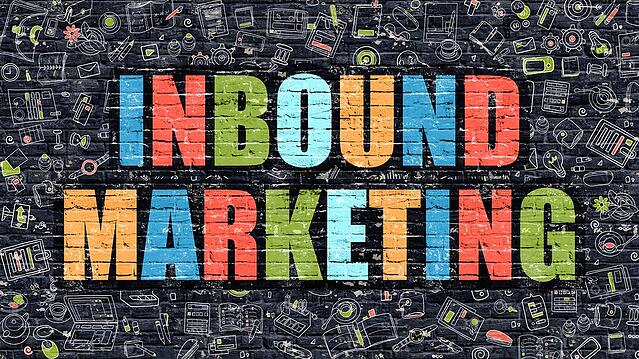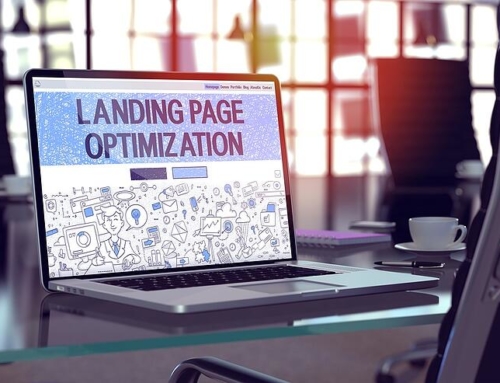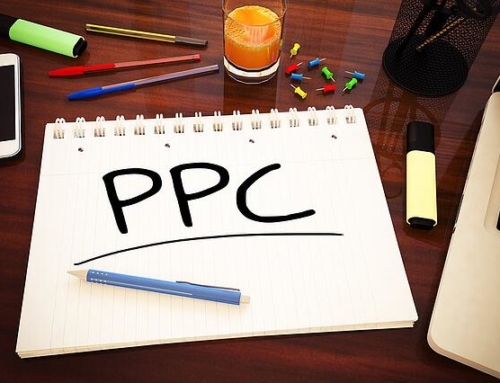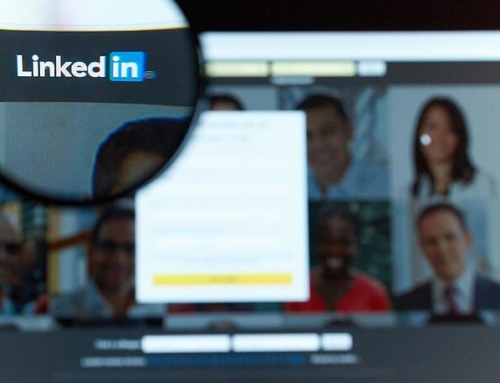The Difference Between Inbound and Outbound Marketing
Since about 2006, inbound marketing has become the better choice in marketing compared to outbound or traditional marketing. Before it came about, there wasn’t much of an option. Companies had to run ads, use cold calling strategies and knock on doors. However, times have certainly changes.
In today’s marketing world, if you depend on traditional marketing strategies, your competition will probably gobble up your clients and put you out of business. A full-fledged inbound marketing strategy is vital to your success today and in the future. Did you know, inbound marketing actually delivers 54% more leads than traditional outbound marketing, according to StateofInbound.com?
What is Traditional (Outbound) Marketing?
Traditional marketing is everything you’re already familiar with and have been since you were a child. It’s running ads in the newspaper, putting commercials on the TV and on the radio, direct mail, telemarketing and many other very traditional strategies. While this is familiar and may seem like the right type of marketing, it’s not going to build your business now or in the future.
A direct mail campaign may make the phones ring, but you still have to qualify the leads and sell your product or service to them. A network television ad may bring people to your store, but again, you still have to qualify the leads and sell them what you have to offer. Both have huge flaws, which inbound marketing doesn’t have.
A direct mail campaign may only cost about $20 for 1,000 pieces of mail, but the response rate is usually only about 0.5%. Plus, more recently, many have found that a huge percentage of direct mail doesn’t even get opened.
With a television commercial, you may be reaching a much larger audience, but you will spend between $80,000 and $600,000 for about a 30-second ad. The ROI for TV advertisement is very small, especially for small-to-medium-sized companies.
When your business tells the consumer what to buy and where you are, it’s outbound or traditional marketing. It’s all about selling when informing consumers, which is the old-school strategy and used to be the only real form of marketing available. With so many people adding themselves to the “Do Not Call” list, fast-forwarding through commercials and even using apps to stop junk mail from showing up, the ROI from just about all traditional outbound marketing strategies is very minimal.
What is Inbound Marketing?
The answer to the marketing problem is inbound marketing. Since traditional outbound marketing won’t return much for your investment, it’s time to start using inbound marketing.
This type of marketing takes the light off of selling and puts it on earning the trust and interest of the consumer. Typically, this is done through creating high-quality content through blogging, video creation, podcasts, images and other types of content. Consumers have all the buying power in today’s world and if you want to sell your product or service, you must draw them in with inbound marketing.
Inbound marketing is a two way street and much like a conversation with your company and the consumer. You draw them in, educate and/or entertain them, and then the consumer will become a buyer. They find you instead of you finding them through traditional outbound marketing.
With inbound marketing, you will do everything online and the opportunities include:
- Search Engine Optimization
- Blogging
- Guest Blogging
- Video Creation
- Podcasts
- Social Media
- And More!
The best part, most of the inbound marketing strategies can all be intertwined into a very powerful plan to gain the attention of your target market. You gain full control over how you optimize your content to fit the needs of your target market, which also means, you’re more likely to convert leads into buyers and you’ll most likely spend less money.
According to InboundWriter.com, the average cost for generating a lead through outbound marketing is $373 compared to only $143 through inbound marketing.
A Quick Look at the Differences Between Traditional vs. Inbound Marketing
A major difference between inbound and outbound marketing is the interruption factor. With traditional marketing, it’s all about interrupting your day to push you into buying something. On the other hand, inbound marketing educates/entertains and isn’t considered an interruption.
Since inbound marketing allows you to educate the consumer, most will have already made up their mind to buy before they have ever had any sales tactics tried on them. It’s a much more respectable type of marketing for the consumer.
Another key difference when looking at inbound versus outbound marketing is a one-way street compared to a two-way street. With traditional marketing, you’re only offering a one-way street. It’s very pushy and all about selling the consumer on the product or service, whether they need it or not. Inbound marketing is a two-way street and focuses on attracting and retaining the customer. It’s about creating loyal customers through communication on social media, email and even online chat support.
Is Inbound Marketing the Future of Marketing?
The simple answer, NO! Inbound marketing isn’t the future of marketing because it’s the RIGHT NOW of marketing. If your marketing strategy doesn’t include inbound marketing, you’re going to get lapped by your competition.
If you start to track where your marketing dollars are spent and how much you have to spend to bring in a new customer/sale, you will quickly realize inbound marketing is the right choice now and in the future. Companies without an inbound marketing strategy have already started to see business dwindle. However, those using an inbound strategy realize a higher ROI as they educate and qualify prospects.










